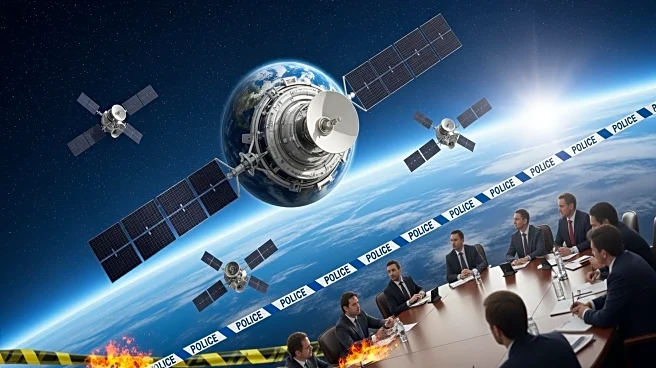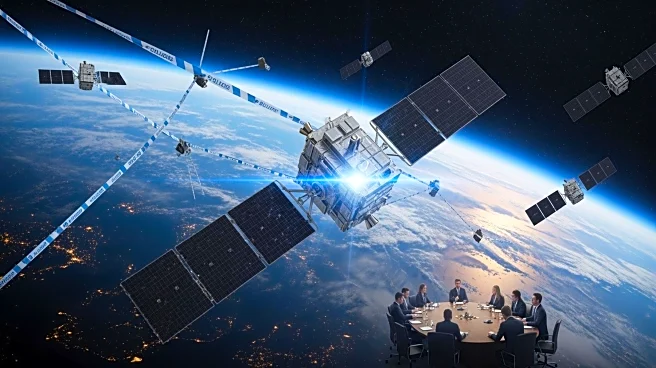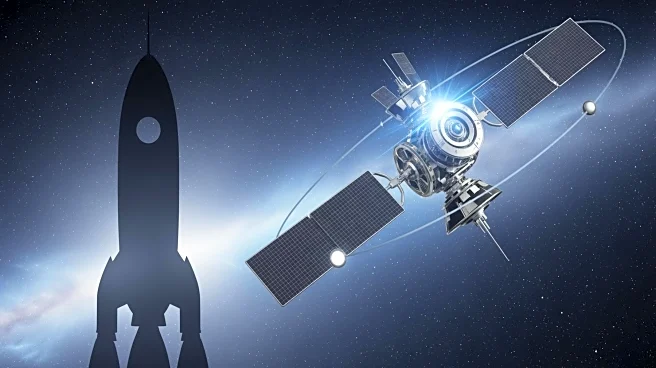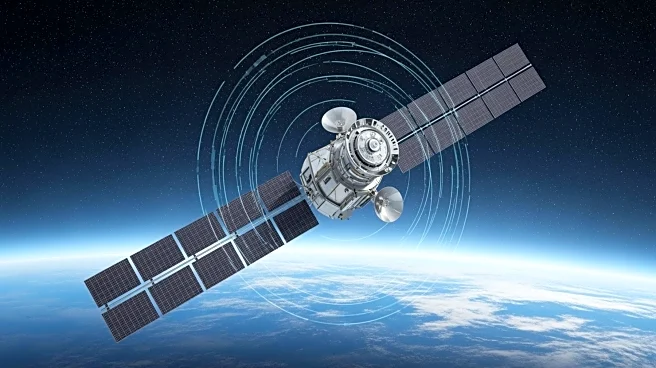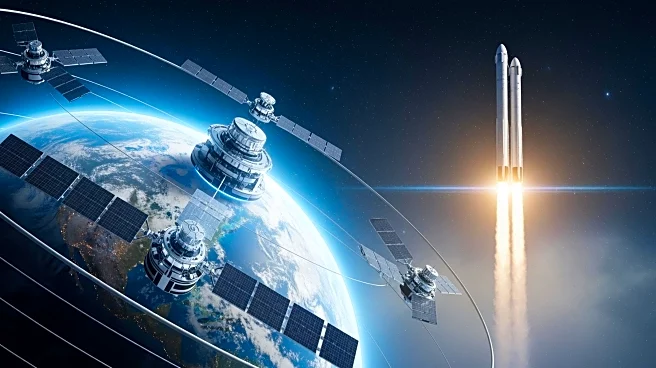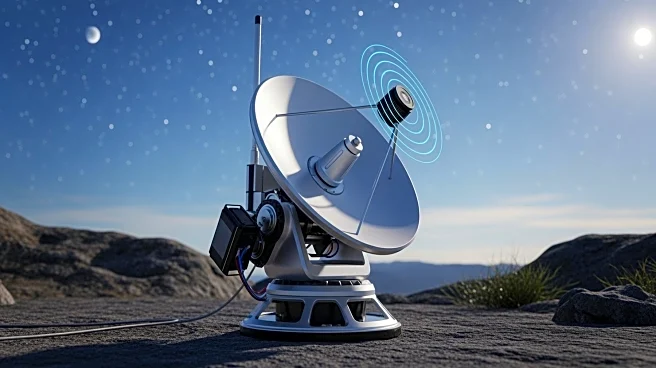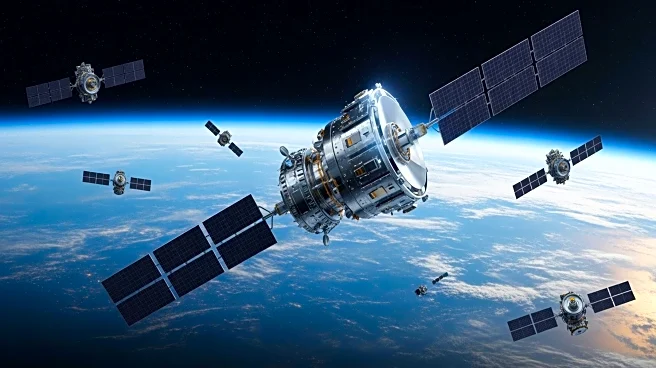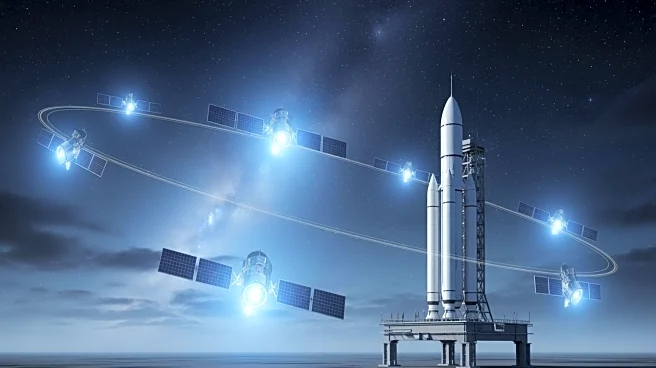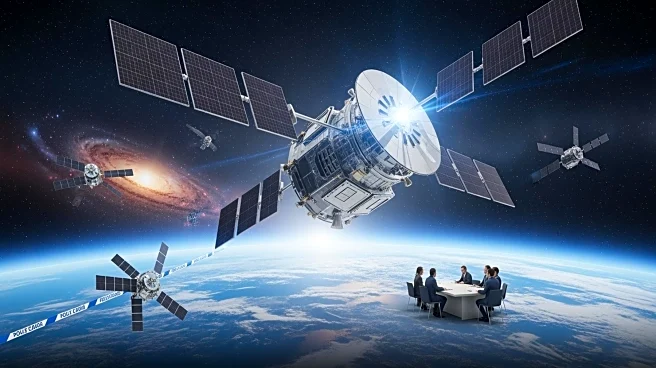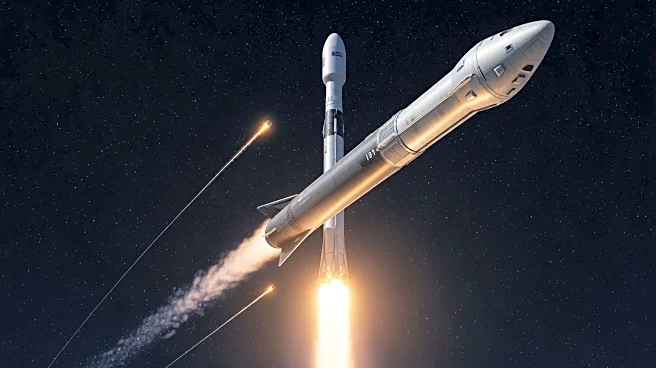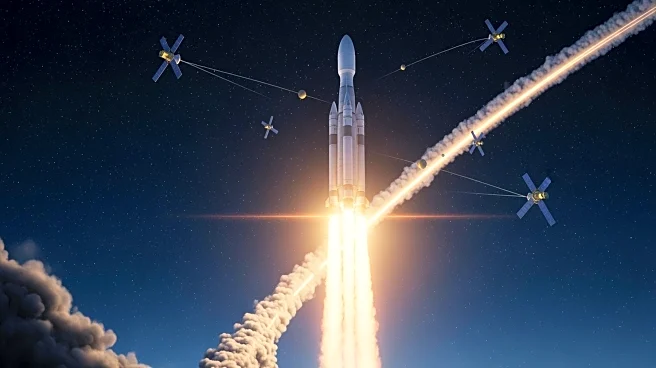What's Happening?
In October 2025, SpaceX marked a significant achievement in its Starlink program by launching its 10,000th satellite. This milestone was reached on October 19, when a Falcon 9 rocket successfully deployed 28 Starlink satellites from Vandenberg Space Force
Base in California. This launch was SpaceX's 132nd of the year, setting a new annual record for the company. The Starlink network, which began with two test satellites in 2018, now provides internet service to millions globally, particularly in areas with limited connectivity. The network has grown rapidly, with approximately 8,600 active satellites, constituting nearly two-thirds of all operational satellites in low Earth orbit. SpaceX has regulatory approval for 12,000 satellites and may expand to around 30,000 in the future.
Why It's Important?
The expansion of the Starlink network is significant for global internet accessibility, particularly in underserved and remote regions. By providing broadband access to these 'dark zones,' SpaceX is addressing a critical gap in global connectivity. This development has implications for economic growth, education, and communication in areas previously lacking reliable internet service. The success of the Starlink program also underscores SpaceX's role in advancing satellite technology and its potential to influence the telecommunications industry. As the network grows, it could challenge traditional internet service providers and reshape the market dynamics.
What's Next?
SpaceX plans to continue expanding the Starlink constellation, with regulatory approval for up to 12,000 satellites and potential plans for 30,000. This expansion will likely enhance service quality and coverage, further reducing the digital divide. The company may face regulatory and competitive challenges as it scales, including spectrum allocation and competition from other satellite internet providers. Stakeholders, including governments and telecommunications companies, will be closely monitoring these developments, as they could impact regulatory policies and market competition.
Beyond the Headlines
The rapid deployment of Starlink satellites raises questions about space traffic management and the long-term sustainability of low Earth orbit. As the number of satellites increases, so does the risk of collisions and space debris, which could have implications for future space operations. Additionally, the expansion of satellite internet services may prompt discussions on data privacy and security, as more users rely on these networks for communication and information access.
